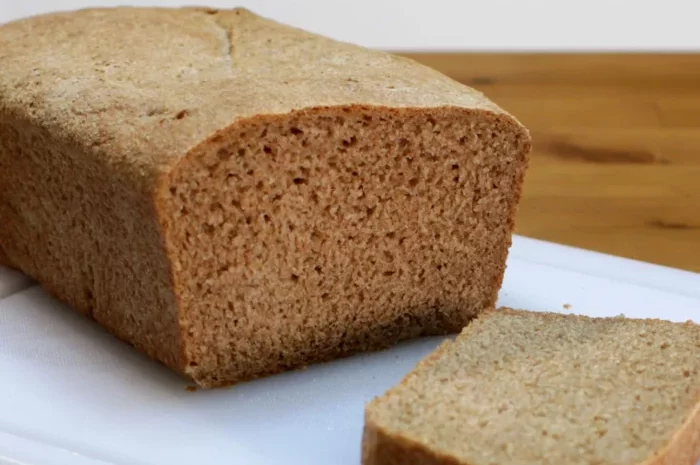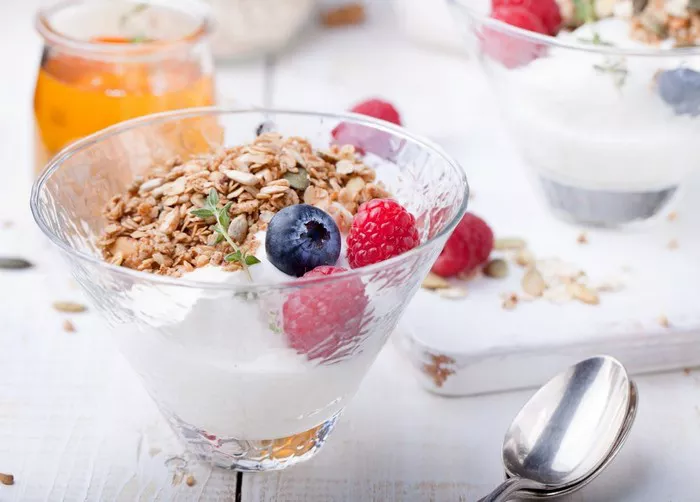Bread has long been a staple in many diets around the world, but for individuals managing diabetes, its high carbohydrate content can present challenges in blood sugar management. Fortunately, there are numerous alternatives available that can provide satisfying, nutritious options without causing significant spikes in blood glucose levels. In this article, we’ll explore a variety of alternatives to bread for diabetics, along with their nutritional benefits and considerations.
Understanding Carbohydrates and Diabetes
Carbohydrates are one of the main nutrients that affect blood sugar levels. When consumed, carbohydrates are broken down into glucose, which enters the bloodstream and raises blood sugar levels. For individuals with diabetes, managing carbohydrate intake is crucial for maintaining stable blood sugar levels and preventing complications.
Bread, particularly refined white bread, is a high-carbohydrate food that can cause rapid spikes in blood sugar levels. This can be problematic for diabetics, as it may lead to hyperglycemia (high blood sugar) and contribute to long-term complications such as cardiovascular disease, nerve damage, and kidney problems.
Alternatives to Bread for Diabetics
Fortunately, there are plenty of alternatives to traditional bread that can be incorporated into a diabetic-friendly diet. These alternatives offer a range of nutritional benefits and can help individuals with diabetes maintain better blood sugar control. Here are some options to consider:
Whole Grain Options: Whole grains are rich in fiber, which can help slow down the absorption of glucose and prevent rapid spikes in blood sugar levels. Opt for whole grain alternatives to bread such as whole wheat tortillas, whole grain wraps, or whole grain pitas. Look for options with at least 3 grams of fiber per serving to maximize the benefits.
Low-Carb Tortillas: For individuals following a low-carb or ketogenic diet to manage their diabetes, low-carb tortillas can be a suitable alternative to traditional bread. These tortillas are typically made from ingredients like almond flour, coconut flour, or flaxseed meal, which are lower in carbohydrates and higher in fiber than wheat flour.
Lettuce Wraps: Lettuce wraps are a refreshing and low-carb alternative to bread that can be filled with a variety of fillings such as lean protein, vegetables, and healthy fats. Choose large, sturdy lettuce leaves such as romaine or iceberg lettuce to use as wraps and fill them with your favorite ingredients for a satisfying meal.
Portobello Mushroom Caps: Portobello mushroom caps can serve as a delicious and nutritious alternative to burger buns or sandwich bread. These large mushrooms have a meaty texture and can be grilled, roasted, or sautéed to enhance their flavor. Use them as a base for burgers, sandwiches, or even pizza for a low-carb meal option.
Eggplant Slices: Eggplant slices can be used as a gluten-free and low-carb alternative to bread for making sandwiches or wraps. Slice the eggplant lengthwise into thin strips, grill or roast them until tender, and then use them as a base for your favorite fillings. Eggplant is rich in fiber and antioxidants, making it a nutritious choice for individuals with diabetes.
Cauliflower “Bread”: Cauliflower can be transformed into a versatile alternative to bread by using it to make cauliflower “bread” or crusts. Simply rice the cauliflower using a food processor, steam or microwave it until tender, and then mix it with eggs, cheese, and seasonings to form a dough. Press the dough into a thin layer and bake until golden brown for a low-carb bread alternative.
Coconut Flour Crepes: Coconut flour is a low-carb and gluten-free alternative to wheat flour that can be used to make delicious crepes or wraps. Combine coconut flour with eggs, coconut milk, and a pinch of salt to make a thin batter, then pour it onto a hot skillet and cook until lightly browned on both sides. Fill the crepes with savory or sweet fillings for a satisfying meal or snack.
Almond Flour Biscuits: Almond flour is another low-carb alternative to wheat flour that can be used to make biscuits or scones. Combine almond flour with baking powder, salt, and a small amount of sweetener if desired, then mix in eggs and butter to form a dough. Shape the dough into biscuits and bake until golden brown for a tasty bread alternative that’s rich in healthy fats and protein.
Nutritional Considerations
When choosing alternatives to bread for diabetics, it’s important to consider not only their carbohydrate content but also their overall nutritional profile. Look for options that are high in fiber, protein, and healthy fats, as these nutrients can help promote satiety, stabilize blood sugar levels, and support overall health.
Fiber is particularly important for individuals with diabetes, as it can help slow down the absorption of glucose and prevent rapid spikes in blood sugar levels. Aim to include sources of fiber such as vegetables, fruits, nuts, seeds, and whole grains in your meals and snacks to promote better blood sugar control.
Protein and healthy fats can also help balance blood sugar levels and promote feelings of fullness and satisfaction after meals. Include sources of lean protein such as poultry, fish, tofu, eggs, and legumes, as well as healthy fats such as avocados, nuts, seeds, and olive oil, in your meals to support stable blood sugar levels and overall health.
In addition to considering the nutritional content of alternative bread options, it’s also important to pay attention to portion sizes and serving sizes to prevent overconsumption of carbohydrates. Even low-carb alternatives can contribute to an increase in blood sugar levels if consumed in large quantities, so be mindful of portion sizes and aim to balance your meals with a variety of nutrient-dense foods.
Conclusion
For individuals managing diabetes, finding alternatives to traditional bread can help improve blood sugar control and support overall health. By incorporating a variety of low-carb, high-fiber options into your meals and snacks, you can enjoy satisfying and nutritious alternatives to bread without compromising your diabetes management goals.
Whether you choose whole grain options, low-carb alternatives, or creative substitutes like lettuce wraps or cauliflower “bread,” there are plenty of delicious options available to suit your tastes and dietary preferences. Experiment with different alternatives and recipes to find what works best for you, and don’t hesitate to consult with a registered dietitian or healthcare provider for personalized guidance and support in managing your diabetes through diet.
Related topics:
Why Is It Important For Elderly To Eat Healthy
























